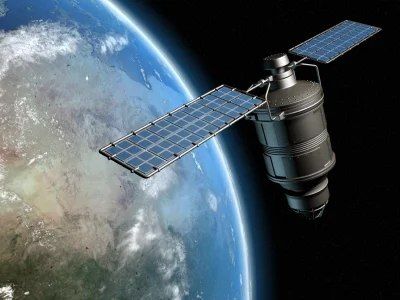Mobility is a fundamental, individual need and an economic necessity for our society. In the context of designing sustainable and efficient freight and passenger mobility, we address current challenges in research and development.
The focus is primarily on drive and control technology (e.g. autonomous driving and flying), digital networking of transport modes and participants, and individual mobility and its health aspects.
We perform research and development in the following topics:
- Analysis of (motion) sensor data
- Electromobility, digital twins and validation of drive concepts
- Development of solutions for the Internet of Things (IoT) in the field of mobility
- Development of solutions for traffic-telematics problems
- Development of mobility concepts
- Development of sustainable and cycle-oriented logistics concepts
- Development of new types of autonomous air vehicles (load or fire-fighting drones)
- Mobile robotics and autonomous mobility
- Simulation and optimisation of intermodal transport and logistics systems
- Supporting mobility through infrastructure in space and data from space
Infrastructure:
- Drive Engineering Laboratory including powerful developer tools for new simulation solutions (MATLAB, Simulink, Simscape, LabVIEW, PSPICE, Altium, C, M, ANSYS Simplorer, dSPACE, xPC, etc.).
- Composite Laboratory (production of new types of aircraft)
- Experimental Fluid Dynamics Laboratory (wind tunnel, propeller test rig, vacuum chamber)
- Robotics and Automation Laboratory (network of mobile robot platforms with sensor fusion, Lidar-SLAM, 3D-Vision, ROS and positioning system for autonomous intelligent mobility)
- Vibration Technology Laboratory (measurement and test lab for hardware in-the-loop developments)
- Factory Lab (simulation environment for tasks in logistics optimisation)
Contact
Feel free to contact us: FuE@fhwn.ac.at
